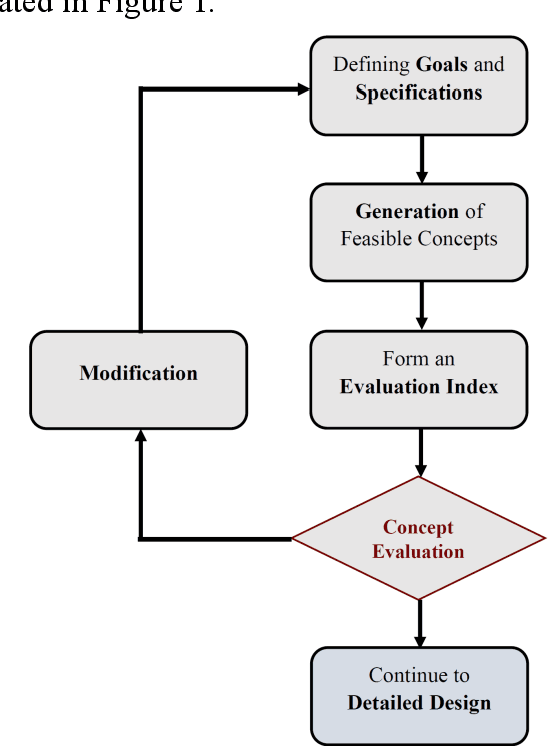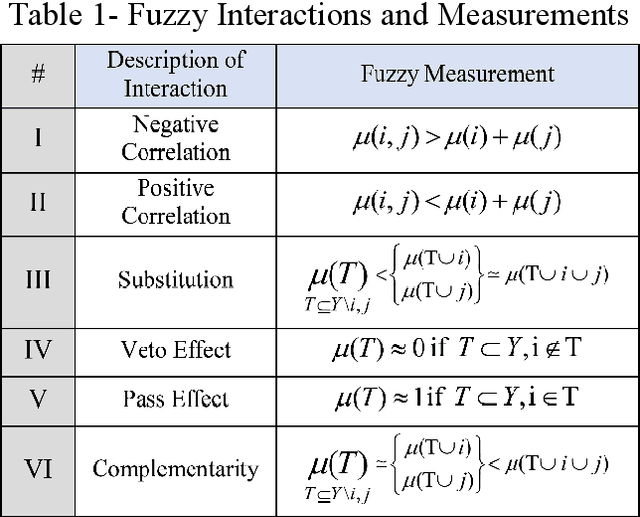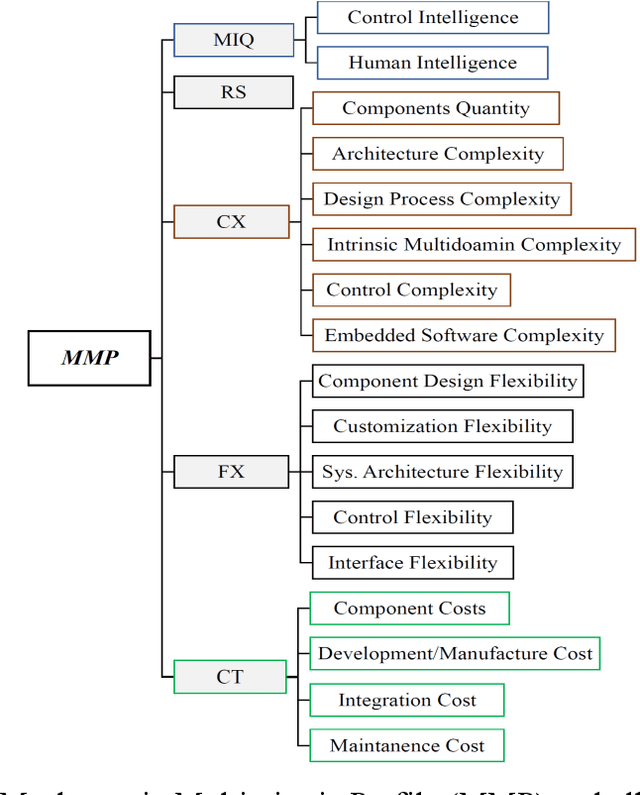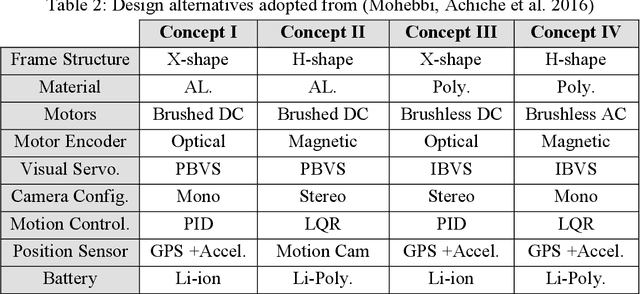Abolfazl Mohebbi
An Attention-Based Deep Learning Architecture for Real-Time Monocular Visual Odometry: Applications to GPS-free Drone Navigation
Apr 27, 2024Abstract:Drones are increasingly used in fields like industry, medicine, research, disaster relief, defense, and security. Technical challenges, such as navigation in GPS-denied environments, hinder further adoption. Research in visual odometry is advancing, potentially solving GPS-free navigation issues. Traditional visual odometry methods use geometry-based pipelines which, while popular, often suffer from error accumulation and high computational demands. Recent studies utilizing deep neural networks (DNNs) have shown improved performance, addressing these drawbacks. Deep visual odometry typically employs convolutional neural networks (CNNs) and sequence modeling networks like recurrent neural networks (RNNs) to interpret scenes and deduce visual odometry from video sequences. This paper presents a novel real-time monocular visual odometry model for drones, using a deep neural architecture with a self-attention module. It estimates the ego-motion of a camera on a drone, using consecutive video frames. An inference utility processes the live video feed, employing deep learning to estimate the drone's trajectory. The architecture combines a CNN for image feature extraction and a long short-term memory (LSTM) network with a multi-head attention module for video sequence modeling. Tested on two visual odometry datasets, this model converged 48% faster than a previous RNN model and showed a 22% reduction in mean translational drift and a 12% improvement in mean translational absolute trajectory error, demonstrating enhanced robustness to noise.
A Fuzzy-based Framework to Support Multicriteria Design of Mechatronic Systems
Jun 14, 2020



Abstract:Designing a mechatronic system is a complex task since it deals with a high number of system components with multi-disciplinary nature in the presence of interacting design objectives. Currently, the sequential design is widely used by designers in industries that deal with different domains and their corresponding design objectives separately leading to a functional but not necessarily an optimal result. Consequently, the need for a systematic and multi-objective design methodology arises. A new conceptual design approach based on a multi-criteria profile for mechatronic systems has been previously presented by the authors which uses a series of nonlinear fuzzy-based aggregation functions to facilitate decision-making for design evaluation in the presence of interacting criteria. Choquet fuzzy integrals are one of the most expressive and reliable preference models used in decision theory for multicriteria decision making. They perform a weighted aggregation by the means of fuzzy measures assigning a weight to any coalition of criteria. This enables the designers to model importance and also interactions among criteria thus covering an important range of possible decision outcomes. However, specification of the fuzzy measures involves many parameters and is very difficult when only relying on the designer's intuition. In this paper, we discuss three different methods of fuzzy measure identification tailored for a mechatronic design process and exemplified by a case study of designing a vision-guided quadrotor drone. The results obtained from each method are discussed in the end.
 Add to Chrome
Add to Chrome Add to Firefox
Add to Firefox Add to Edge
Add to Edge